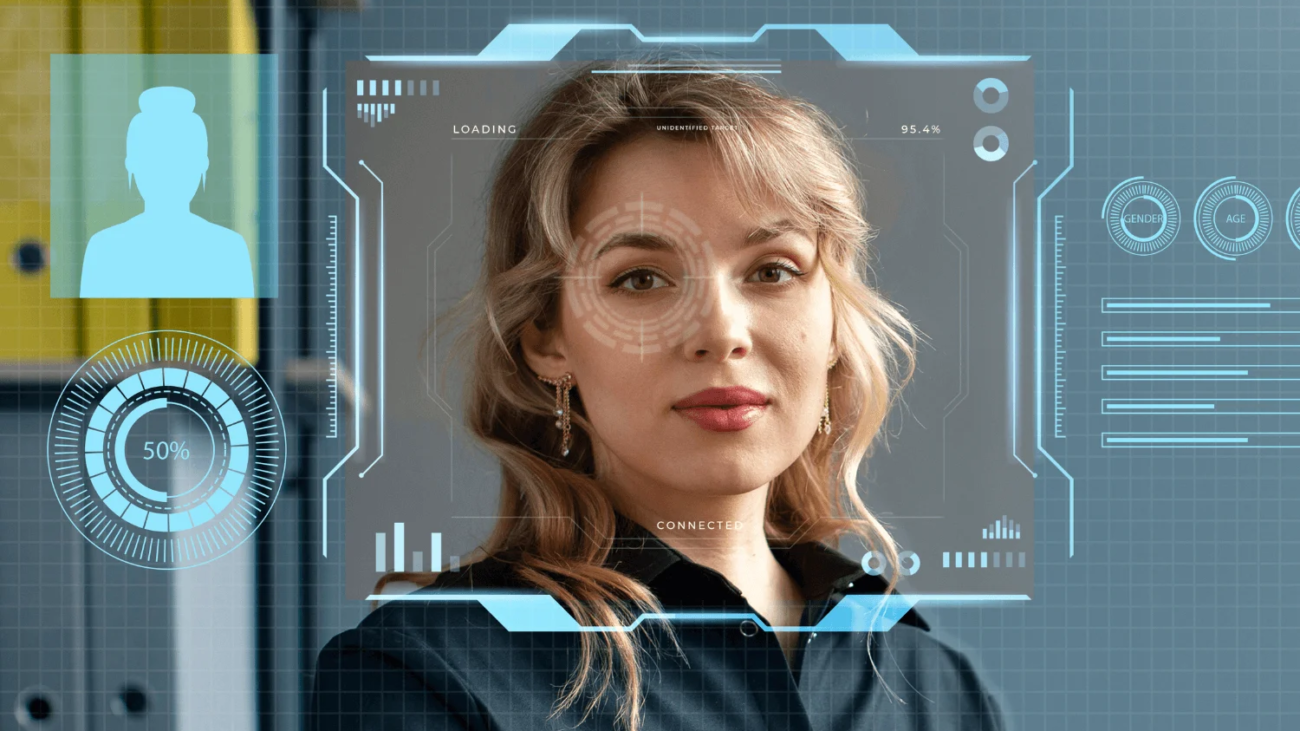In brand-new, rapidly evolving surroundings, AI-generated misinformation is becoming a significant risk, particularly in international conflict and political unrest. Residents in towns like Tehran, Tel Aviv, and Los Angeles aren’t simply contending with real-life crises, but also are facing a flood of deepfake videos and synthetic media that distort facts. These convincingly faux visuals, created using AI video tools, enlarge public tension and reshape how events are perceived.
Why Should We Be Concerned About AI-Generated Misinformation?
AI-generated misinformation entails the use of artificial intelligence to create and disseminate misleading or fabricated content. This includes deepfake motion pictures, digitally altered photographs, cloned audio, and different artificial media. The maximum alarming element is that a good deal of this AI-generated content seems and sounds real, blurring the line between reality and fiction. In emotionally charged moments, this incorrect information spreads like wildfire, using public sentiment in dangerous guidelines and eroding consider in media and government.
How Do AI Video Tools Make This Misinformation Possible?
Advanced AI video equipment like Veo 3 can now produce especially sensible 8-2nd movies from easy textual content activities. These tools were designed for storytelling, education, and amusement. But their functionality to create lifelike visuals and synchronized sound in minutes has opened doors to misuse. Creators can generate absolutely fake videos of missile moves, riots, or political statements that appear to be actual to the average viewer. Despite protection filters and watermarking promises, content demonstrating faux violence in towns like Tel Aviv or Tehran has been created and shared.
What Makes Synthetic Media So Convincing?
Synthetic media is highly plausible as it can pay attention to detail. AI-generated visuals mimic lights, movement, facial expressions, and environmental context with first-rate precision. Audio tools clone voices to a healthy tone and cadence, adding every other layer of realism. A single photograph and some dollars are enough to generate a video of a person performing to talk at a conference or in a protest. In many instances, even professionals are fooled. One AI protection government discovered that a synthetic video of him delivering a keynote speech was so real that his crew believed it was real.
Where Has This Already Caused Harm?
We’re not talking about hypothetical dangers. There are concrete examples of AI-generated incorrect information doing actual harm. Fake videos of air strikes have currently made rounds on social platforms, triggering panic among civilians in Tel Aviv and Tehran. None of the occasions depicted virtually took place, but the films seemed actual sufficient to persuade hundreds. In Los Angeles, artificial pictures confirmed protestors allegedly admitting they had been paid to attend rallies — a declare frequently used to discredit movements. These videos, though faux, fashioned public discourse and had been widely shared earlier than being debunked.
Are Big Tech Companies Doing Enough?
While tech organizations claim to be taking the issue seriously, critics argue their reaction has been reactive and inadequate. Veo three’s builders, for instance, declare they encompass both visible and invisible watermarks and block dangerous activities. Yet, reporters and AI testers have validated how, without difficulty, those safeguards may be bypassed. Some enterprise insiders say the platform was released upfront so one can catch up with more dominant gamers in the AI race. As one professional put it, looking to win interest with half-equipped gear creates greater damage than progress, especially when the public accept as true with is on the line.
What Can Individuals Do to Protect Themselves?
The correct news is that people aren’t powerless. You can begin by verifying content before sharing it. Use reality-checking services, test for watermarks, and be skeptical of content that looks too good or emotionally manipulative. Emotional content spreads fast, which is why AI-generated motion pictures are frequently designed to provoke outrage, worry, or surprise. Awareness of this manipulation is step one toward resistance.
What Responsibilities Do Governments and Organizations Hold?
Beyond private vigilance, there’s a strong need for regulatory and institutional action. Governments ought to establish transparency laws requiring disclosure while content is generated or altered through the use of AI. Educational institutions and social structures ought to release focus campaigns on virtual literacy. Organizations need to fund 0.33-birthday celebration AI safety studies and enforce higher detection gear. Platforms that host content material — from YouTube to Instagram — have to toughen moderation tools and flag or take away synthetic content before it spreads.
Can We Still Trust What We See Online?
With the rise of deepfake movies and artificial media, trusting what you notice online has end up increasingly harder. However, this doesn’t suggest leaving behind all digital content. It means learning to assess it severely. Visual literacy, skepticism, and vital wondering should come to be as commonplace as basic reading and writing. AI will continue to evolve; however, public awareness can evolve too. We must shift from blind consumption to cautious analysis. We ought to call for clearer labeling of AI content and push organizations to prioritize transparency over opposition.
Final Thoughts: The Time to Act Is Now
The threat of AI-generated misinformation is a concern — it’s already here. From digitally faked political unrest to fabricated warfare pictures, deepfake movies, and artificial media are actively influencing public opinion, fueling division, and negative credibility. AI video gear, even though effective and innovative, is being weaponized in diffuse but risky ways. If organizations, regulators, and people don’t act rapidly, we could lose our grip on digital fact.
You don’t have to be a tech professional to make a distinction. Start by means of questioning earlier than you percentage. Confirm what you notice. Ask whether or not the video or article you are engaging with makes you feel outraged or afraid, and then check out similarly. Supporting trustworthy assets, demanding clearer guidelines, and staying knowledgeable are small but essential steps in the fight against AI-generated misinformation.

